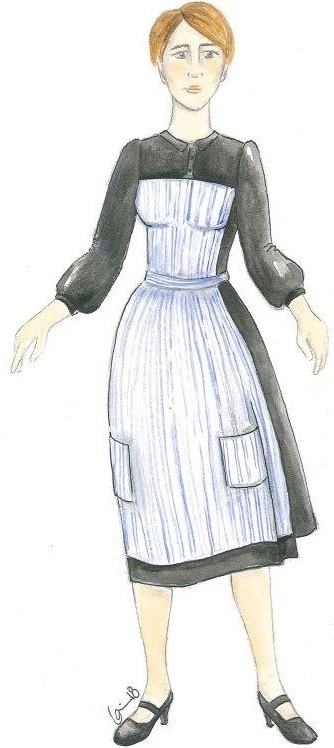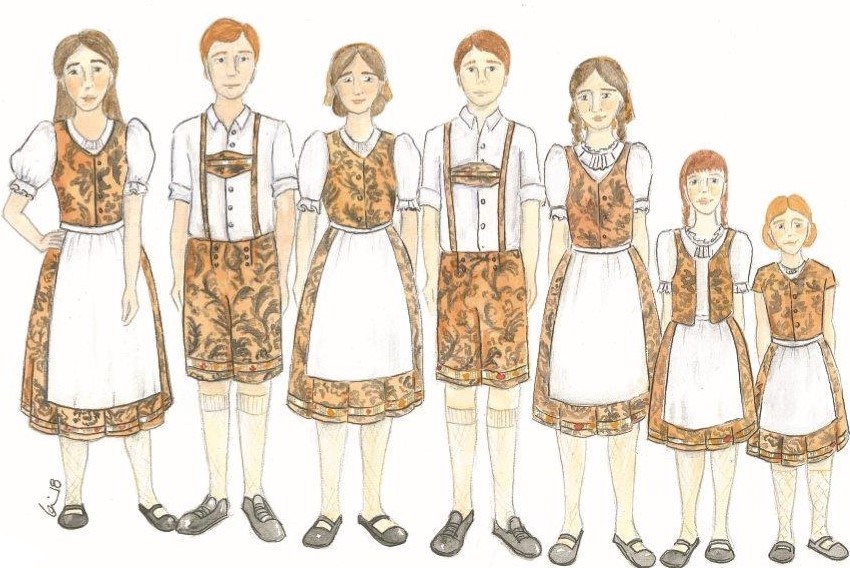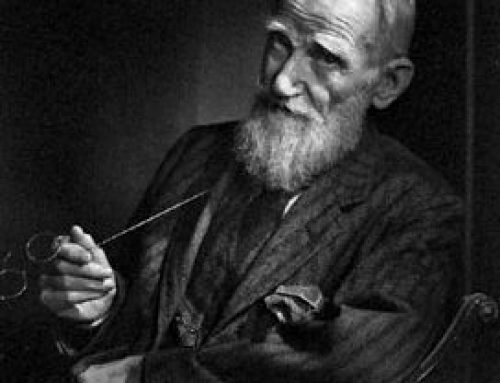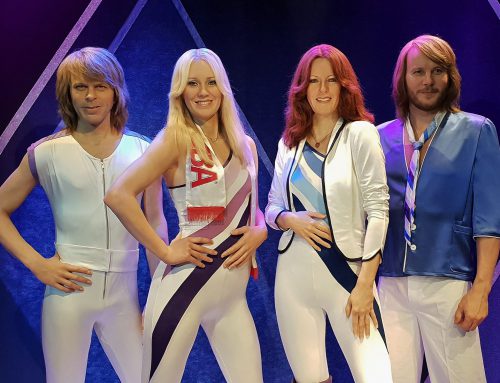When were you first introduced to The Sound of Music?
I don’t recall the first time I saw The Sound of Music as a child, but I do remember being fascinated immediately by the costumes, the story, and especially by the music. Growing up I had a childhood friend who adored the film and called it ‘Maria’ instead of The Sound of Music, so in my mind since then I’ve always fondly thought of it as ‘Maria’.
What drew you to want to design the costumes for The Sound of Music?
There’s something so nostalgic about working on a show that you’ve grown up with and always admired. For me I think I have a list of about 25 films or shows that inspired me to enter such a creative career and The Sound of Music was definitely one of them. Because of that, it always holds a special place in your heart and to work on a show like that as a professional is so special, every design reminds you of that magical feeling you had when you were younger watching and experiencing the show for the first time.
The Sound of Music is a very widely known classic – was it challenging to come up with your own costume designs?
Certainly it’s always a challenge to design costumes for a show that’s so popular and well-known. There’s an expectation from fans of the show to see some of the iconic favourites from the film – costumes like the dress that Maria wears in the opening sequence of the film in The Hills are Alive is so iconic that doing anything other than her dress and smock look feels intuitively wrong for that moment. In the case of a classic like The Sound of Music I think it’s about finding a balance between bringing your own fresh perspective to the film while paying tribute and honouring some of the favourite designs established by Dorthy Jeakins in the 1965 film.
Can you tell us a bit about your design process?
My design process always begins with the script and with conversations with the Director, who has the overall vision and approach to the show in mind. Based on the script and those initial conversations, I begin to brainstorm and develop a concept for the costumes that will work within the overall vision that Director has. The first step to developing that concept is to dive into a great deal of research, both historical and visual – by that I mean that I’m looking for images and information regarding the exact country and time period that the show takes place in, while also looking for images, colours, textures and fabrics that inspire me and provide me with a ‘feeling’ of the show. Instinctively I like to think about the overall feeling of the costumes first, before diving into each character and their personality. Once I have some ideas in mind, there are more conversations and discussions with the Director, as well as some interactions with the Set Designer in order to see the world that they’re creating as that’s the same world my designs need to live in. From there it’s time to delve into character-specific studies and ask myself and other members of the creative team detailed questions about the characters and where they fit in this world and how that can be expressed through their costumes. From there I create collages for each character or look with my research and any colours or images that evoke the feeling I’m going for. These are the preliminary designs, which then go to the Director and the Head of Wardrobe for review and discussion. Once approved, we work together to suss out any details or specific challenges or costume needs, such as how long an actor has to actually get changed between scenes or if a particular actor needs some additional make-up to change their age to match their characters, then I begin sketching the final renderings. The renderings can take anywhere from 2 to 8 hours each to complete, so it’s a lengthy process to render costumes for such a large show, but it’s an important part of the process as this is when I develop the details for each character, and it gives me the ability to see all the costumes together on paper before they become a reality. Once the renderings are done, they go back to the Theatre for review and when they’re approved we move forward into realizing the costumes that will then appear on stage.

For a show like The Sound of Music, there’s several layers to the research because you’re telling a period-specific story that’s based on both real characters as well as a real event in time, the Anschluss. Not only that, but I think it would be impossible to ignore the 1965 film and first production of the musical, which means looking at the costumes and world created through the goggles of the creators in the 1960s. I find these types of projects to be the most interesting because each of these layers adds something to the costumes and to the overall feeling of the “world” we’re creating as a creative team.
Is it easier or harder to design costumes for a different era?
I think from my perspective it’s actually a similar level of difficulty – the challenge with designing costumes for another era is that you weren’t necessarily there to witness it firsthand, so you’re basing all of your work off of your interpretation of historical research and your knowledge of that time period. Depending on the period, it might also be that some of your audience members have lived in that period, so you have to be very specific and knowledgeable about what you’re putting on stage. On the other hand, I find designing modern costumes equally challenging because everyone in the audience knows what costumes should look like in a modern show, they’re living in that time period, it’s so easy to separate the audience from the characters if you’re not accurate. If you see a modern show in 2018 and someone is wearing a hat that’s from the 1980s (and not currently in fashion), audience members will likely see that error and it can distract or separate them from relating to the story.
The Sound of Music has a large cast – do you find it difficult to create different costumes and styles for all of the different character personalities?
Absolutely, the show contains over 90 costumes for 26 characters so it’s a large amount to design, create, and manage. One thing that always helps me is to remember that although each character is unique and has their own personality, they still have to fit in the world that we’re creating and by setting the rules of that world, it helps to narrow down the looks of the show and the ways in which we express each character’s personality. It’s also good to remember that not every personality is expressed overtly through their costumes, sometimes costumes play only a minor supporting role to the physicality, movement and voice that an actor or actress gives to their character and if the costumes are over-designed, it can take away from their performance or ability to perform.
Which character was your favourite to design for?
I think the children have been my favourite characters to design for, despite the fact that their looks are some of the most iconic of the show and have less room for flexibility/creativity. What I love about them though is that you can truly show the transformation of the children throughout the show, from their strict grey-blue sailor uniforms at the top of the show, to the exuberant and fun curtain-made play clothes and then their more individualized looks as they blossom for the concert performance under Maria’s care and love. By the end of the show I think that the children have this overall unified family look, but each costume has individualized details and we see a rainbow of colours and personalities expressed within their wardrobe.
Is there any particular feature of your designs that you want the audience to know about?
One of the simplest yet most effective elements to my designs is the colour story I create with the characters. Each character undergoes some sort of transformation in the show, told partially through the use of colour. An example would be Maria, who starts out generic in her black postulant costume, where she’s living limited by the rules of the Abbey, but once she goes to the Von Trapp family home, we see her in the colours of the natural environment that she loves, the Alps. I tried to bring in lots of golden yellows, warm whites, rich grassy greens and sky blues. In a similar way, the Von Trapp’s wear greys and dull blues, the costumes are uniform and lifeless. Once Maria arrives, I wanted to spread her warmth and natural colours to the children and Captain Von Trapp, which you’ll see in their slow but steady transformation to their end look. Other colours you’ll notice play prominently are the stark red, white, and black of the Nazi flag, which creates a strong and intentional contrast and sense of oppression against Maria and the children.
What’s the biggest challenge about designing costumes for this show?
I think the biggest challenge for a show like The Sound of Music is finding the balance between meeting high audience expectations while bringing something new and interesting to the table. No one wants to see The Sound of Music and not recognize their favourite characters and moments, for most people seeing The Sound of Music will be nostalgic and reminiscent of their childhood or the time that they first saw The Sound of Music and I want to honour that feeling.
Do you have a favourite costume?
I would have to say that my favourite costume in the show is the wedding dress for Maria. When I began my research, I was positive that the dress worn by Julie Andrews in the film was completely wrong for the time period, the tiny waist and full skirt came off as very 1950s, however, once I delved in deeper I found that it was actually very similar to a lot of dresses I saw in my research of the time period. In the end, the design I’ve come up with is intended to have less fullness in the skirt and a slightly softer fabric to lean more towards the looks of the 1930s, but I’ve opted to keep a lot of the features from the film, like the higher neckline and simple fabric with no lace or frills. I’ve recently been shopping for my own wedding dress so I had a special place in my heart for designing Maria’s.
How are your costume designs bringing something new to this show?
I think that every time we design a show, we put on these goggles that contain all of our life experiences, where we come from, who we knew, all of our history and the way we view the world and that it’s impossible not to put our own touch on what we design because we’re viewing the show through these goggles. Despite sticking to so much of the historically accurate and original looks of the show, I know that each costume has my stamp on it, whether it’s the style of trim on the concert skirts that I picked based on memories I have of being in Austria and Germany a few years ago, or the fabric that Maria twirls through the hills in during the first scene, selected because it reminds me of a dress I had when I was younger, I think those details and subtle choices are the way that I bring something new and unique to the show, even when the overall looks are so iconic and recognizable.








Leave A Comment